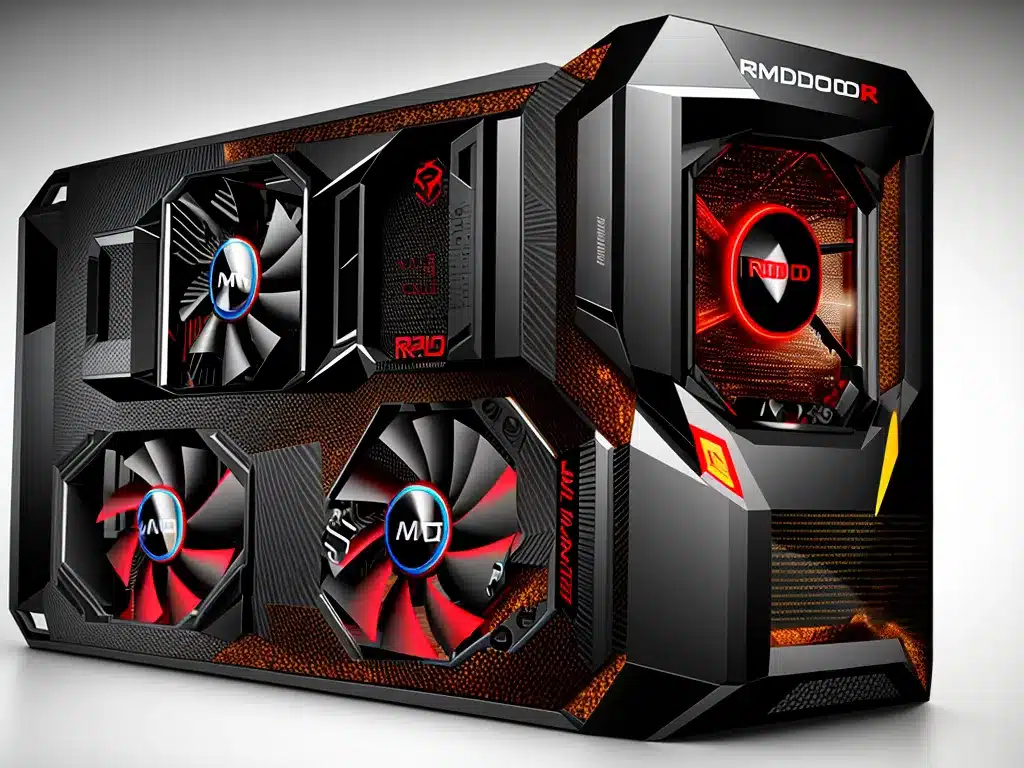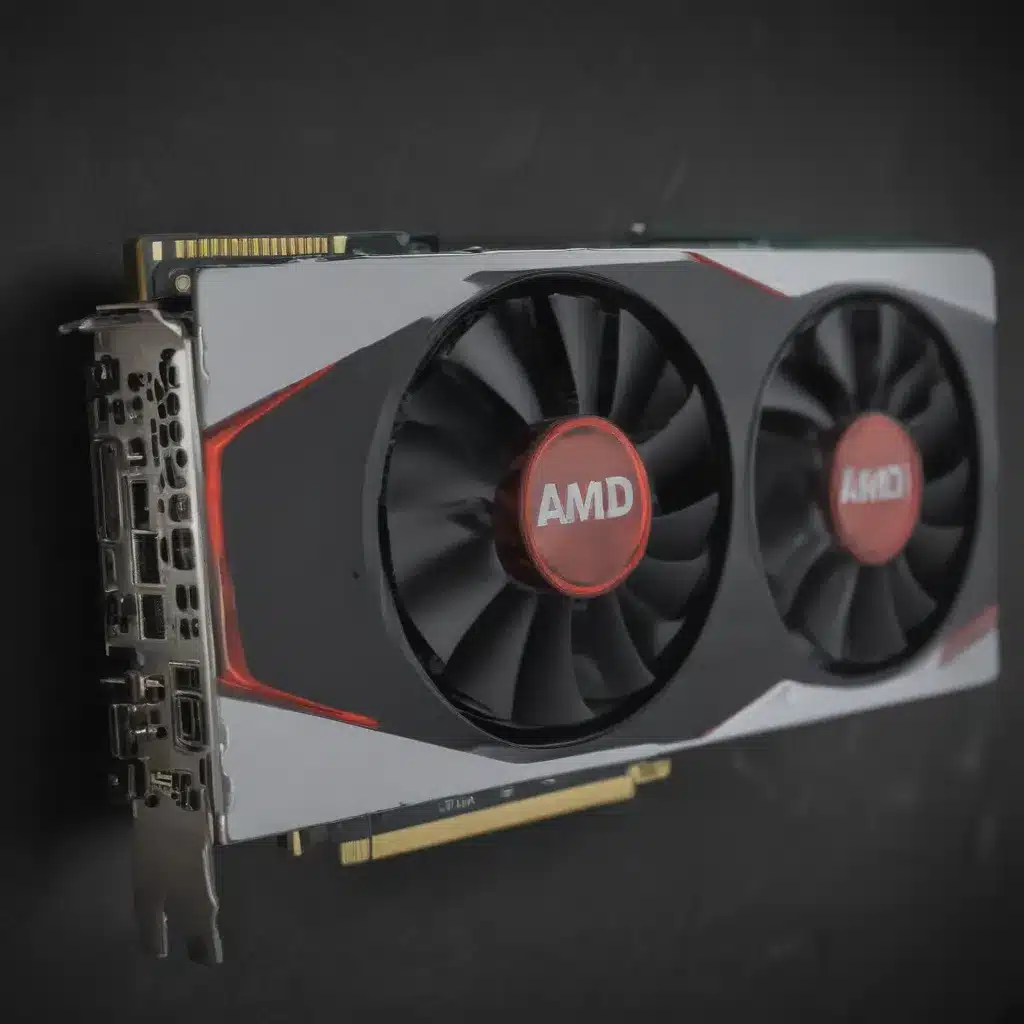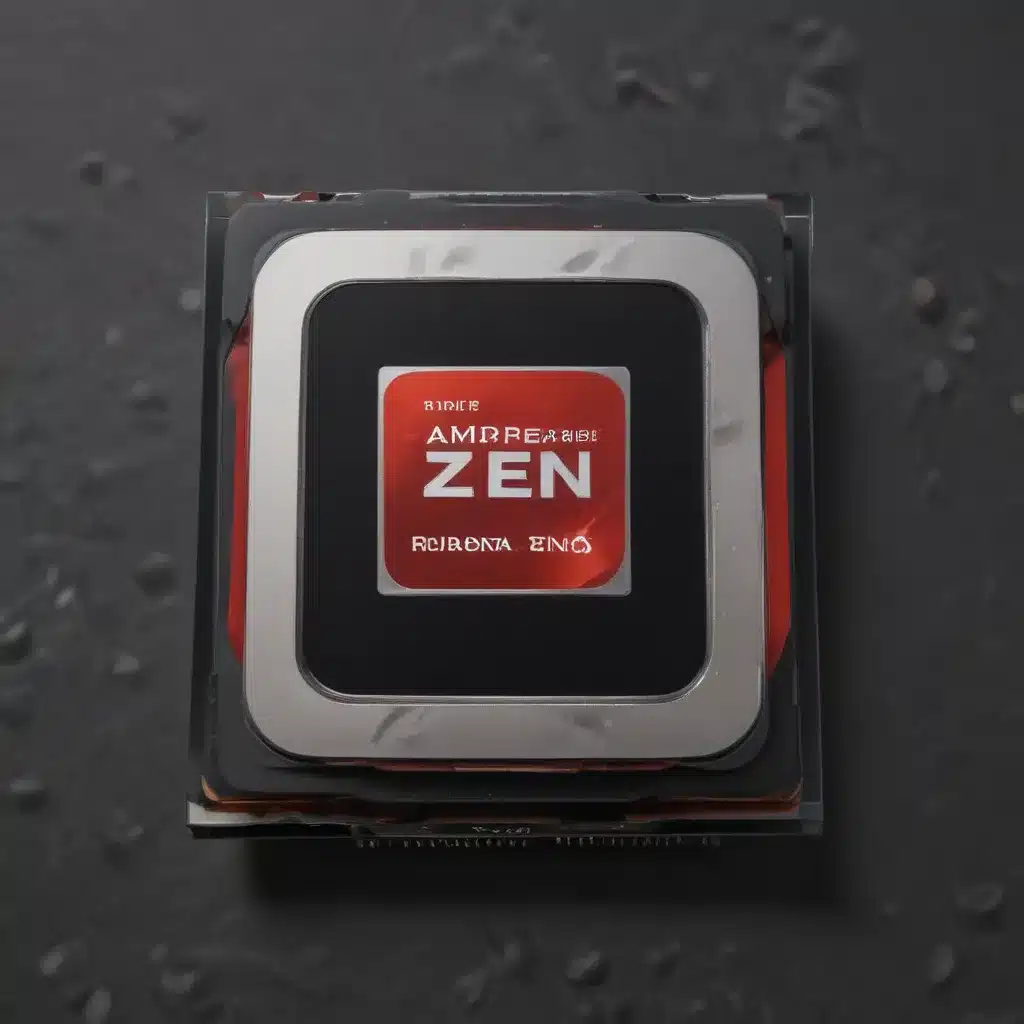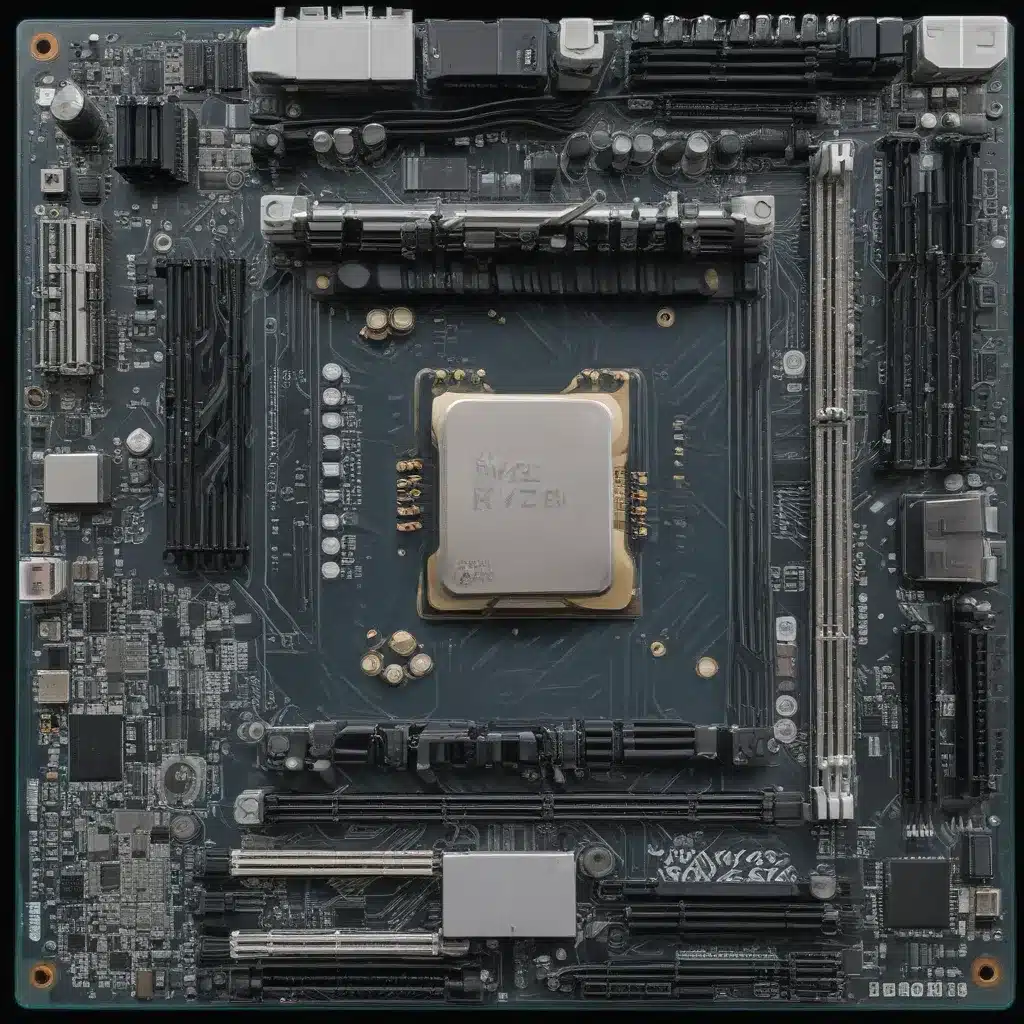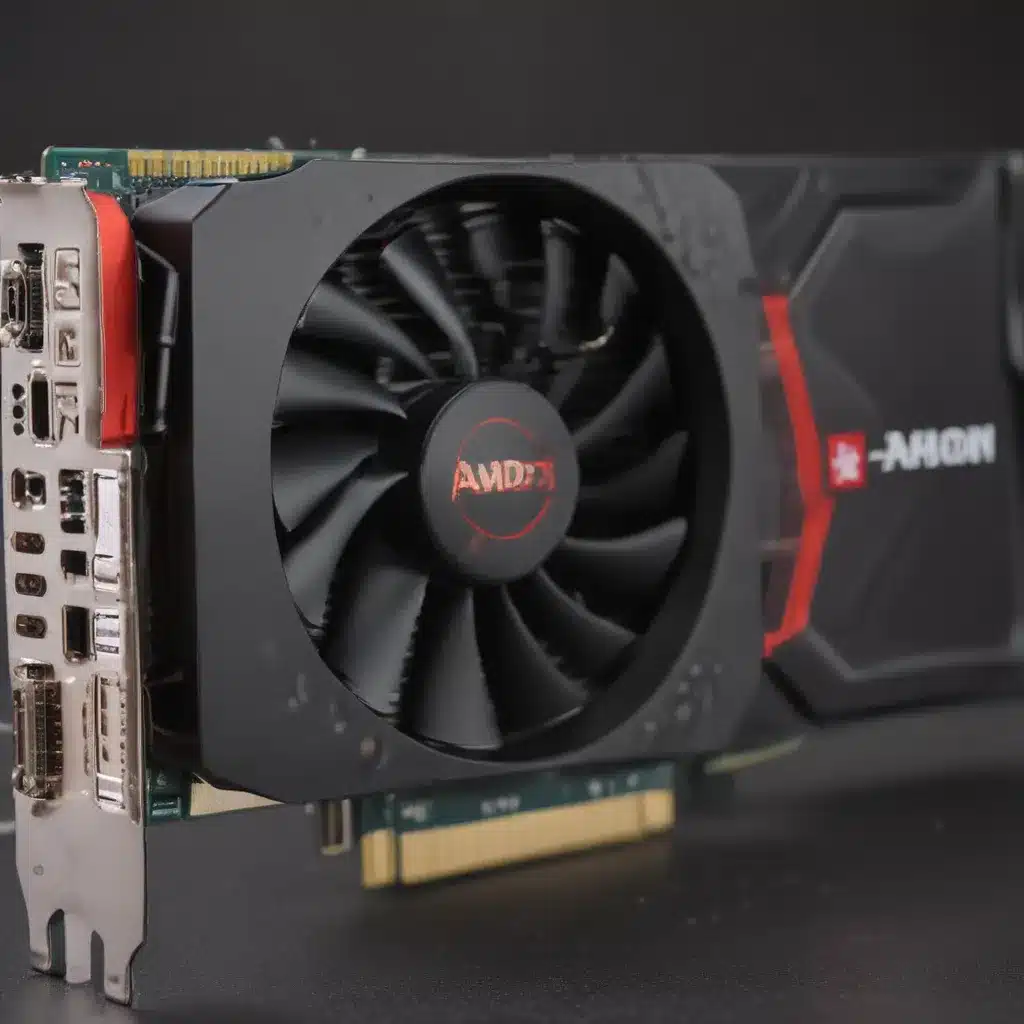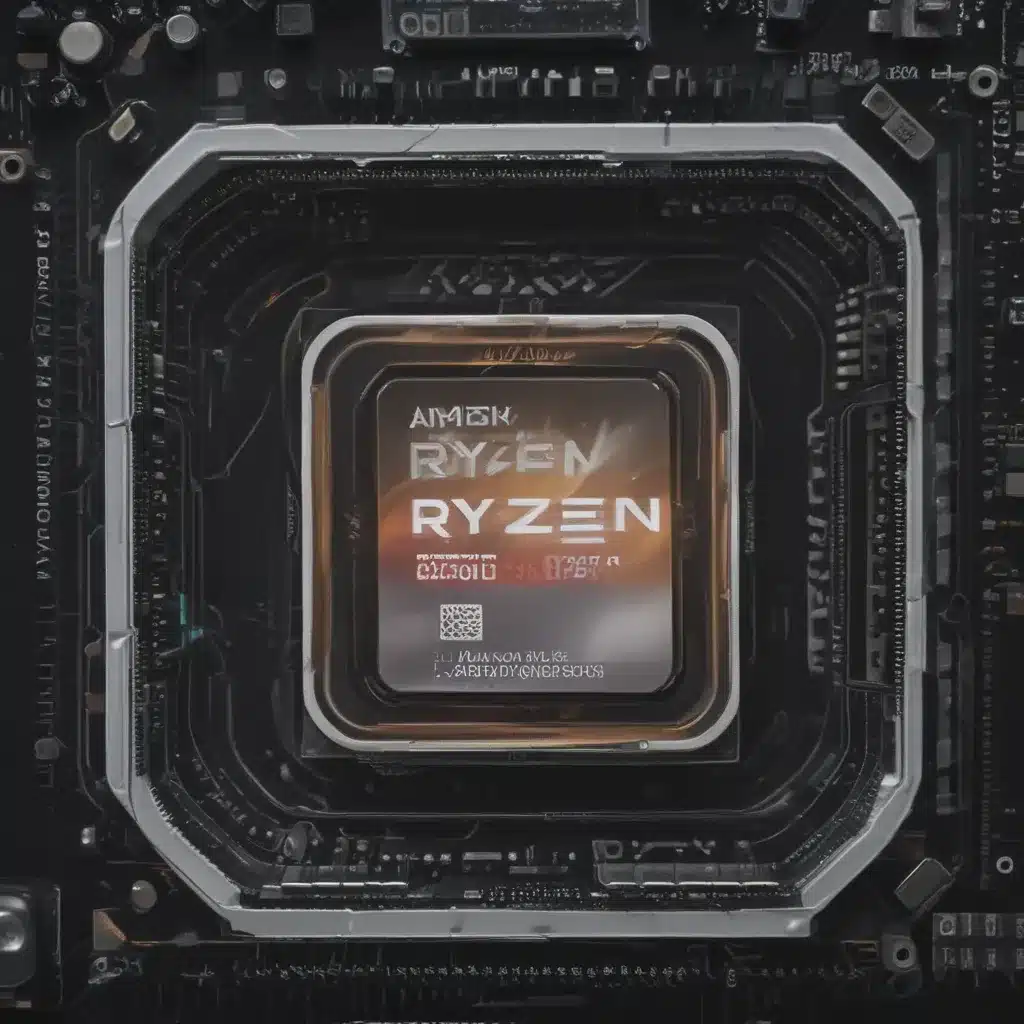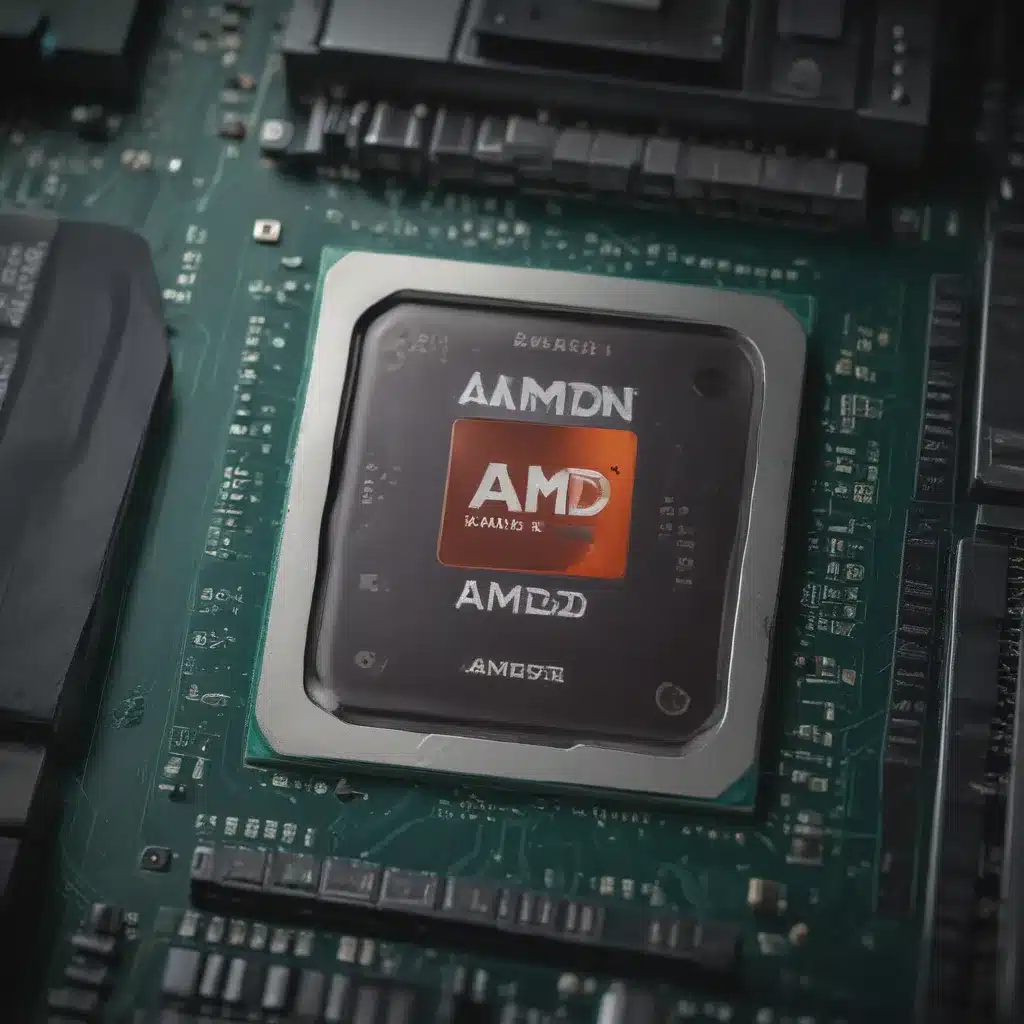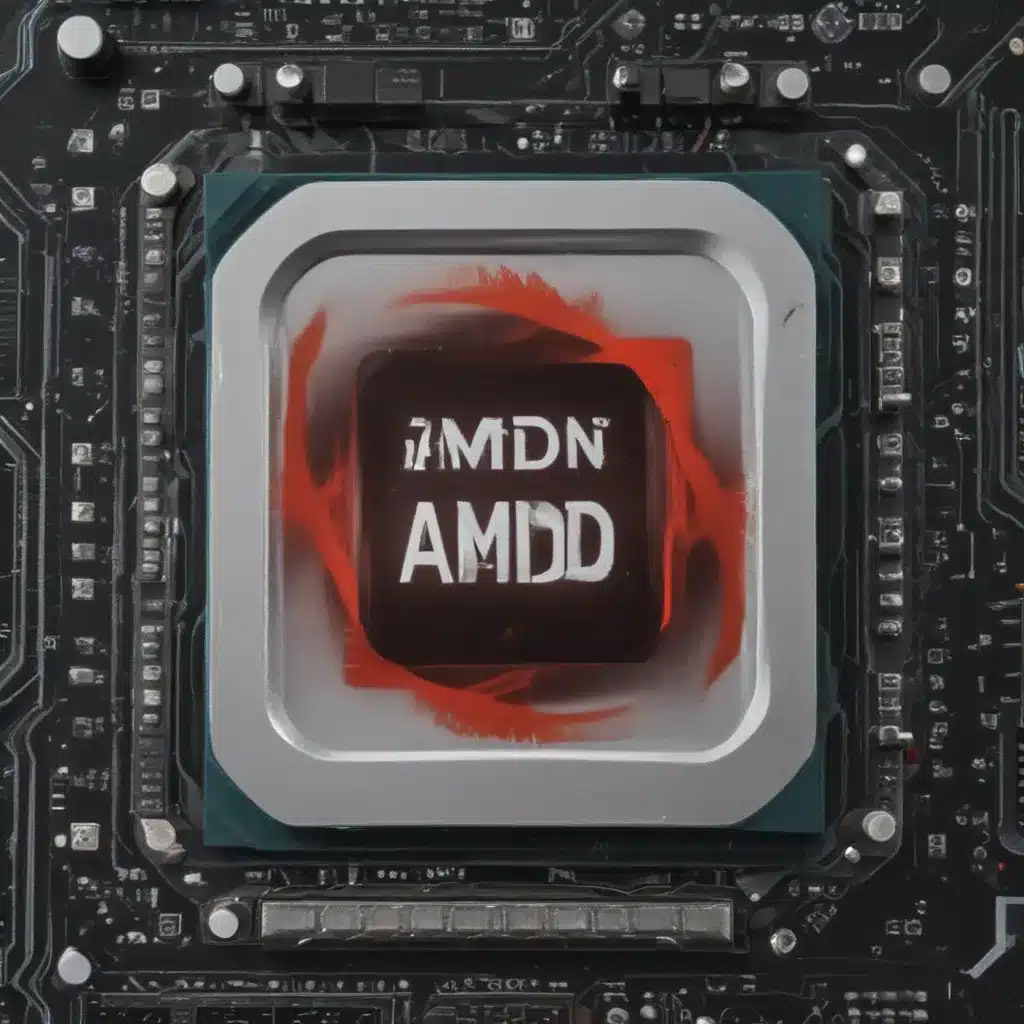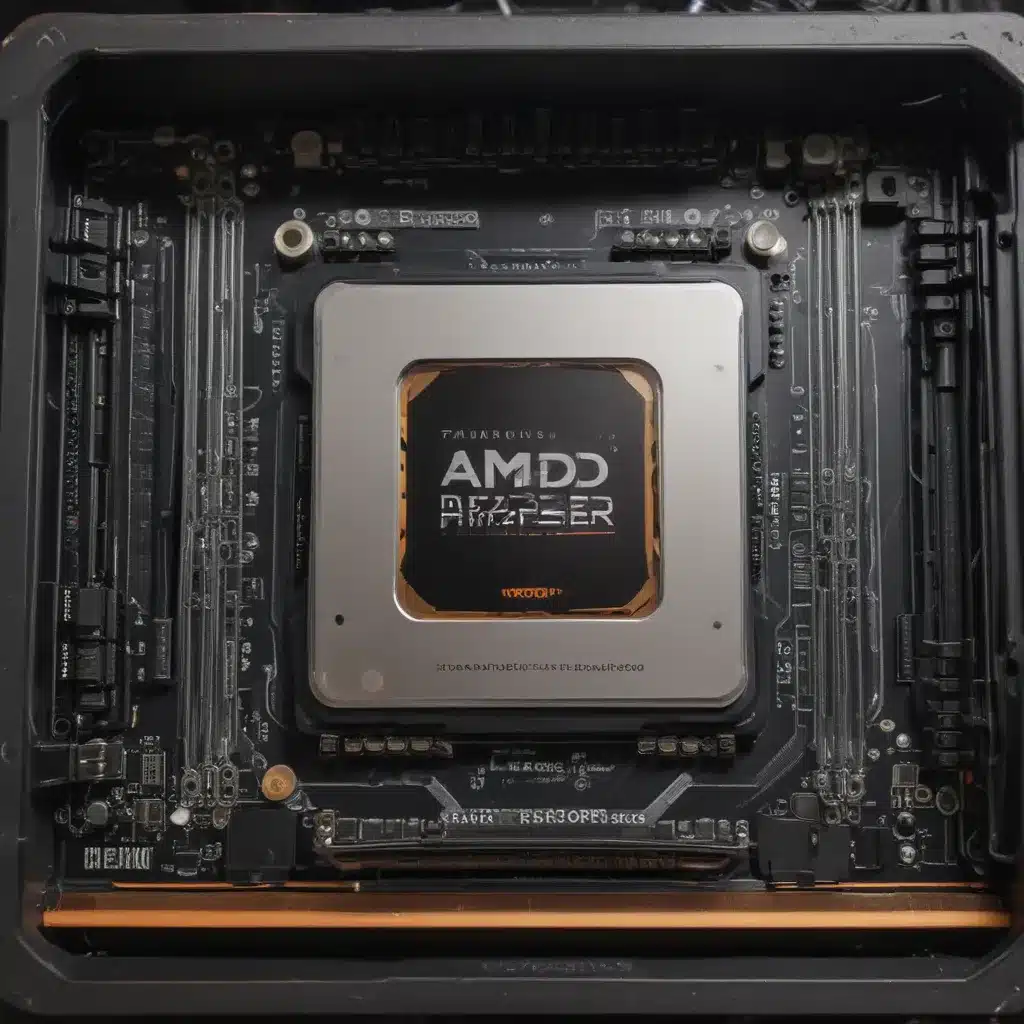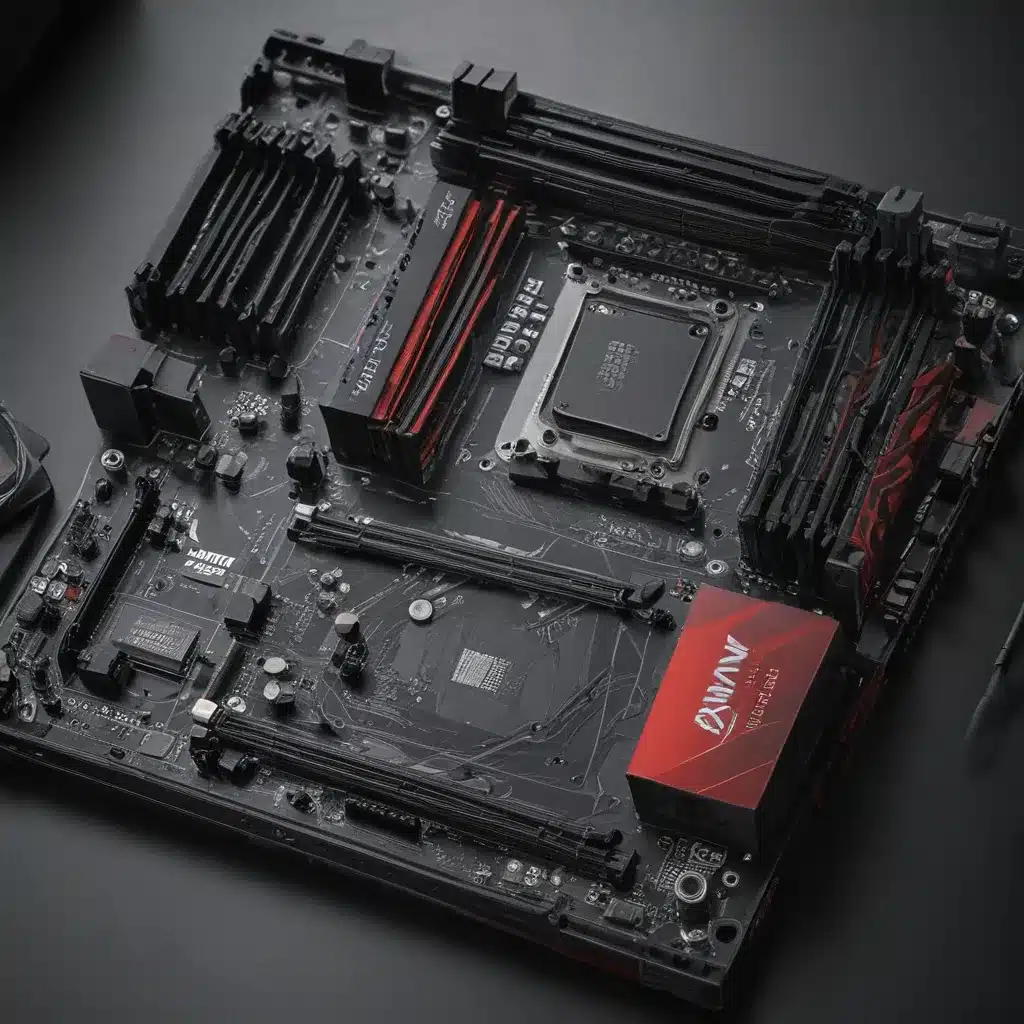Introduction
AMD’s Radeon RX 8000 series graphics cards are the company’s newest lineup of GPUs aimed at gamers, creators, and enthusiasts. As an avid PC builder and gamer, I’m excited to dive deep into these new GPUs and see how they stack up against the competition from Nvidia’s GeForce RTX 4000 series. In this article, I’ll be exploring everything there is to know about the RX 8000 series, from architectural changes to performance expectations. There’s a lot to cover, so let’s get started!
Architectural Changes
The Radeon RX 8000 series is based on AMD’s new RDNA 3 architecture, which brings some major changes compared to the previous RDNA 2 architecture found in the RX 6000 series. Here are some of the key improvements:
Chiplet Design
- AMD is moving to a chiplet-based design with RDNA 3. This allows them to mix and match different chips to optimize for performance or efficiency.
- The GPU is split into a graphics chiplet, memory cache chiplet, and I/O chiplet. This modular approach brings flexibility.
Enhanced Compute Units
- The compute units (CUs) have been re-engineered to boost both graphics and compute workloads.
- Each CU now has two Scalar processors compared to just one before. This improves multi-threading performance.
Advanced 5nm Process Node
- RDNA 3 utilizes an optimized 5nm manufacturing process from TSMC. This allows for higher transistor density and efficiency.
- The process node is a key enabler for the architectural improvements.
Model Lineup
The Radeon RX 8000 lineup consists of three key models initially:
- Radeon RX 8900 XT – Flagship enthusiast model
- Radeon RX 8800 XT – High-end performance model
- Radeon RX 8700 XT – Mainstream gaming model
Here’s a high-level comparison of the specs across the lineup:
| Model | RX 8900 XT | RX 8800 XT | RX 8700 XT |
|-|-|-|-|
| GPU Codename | Plum Bonito | Hotpink Bonefish | Aipu Crested Tern |
| Compute Units | 96 CUs | 72 CUs | 48 CUs |
| Game Clock Speed | >2.5 GHz | >2.3 GHz | >2.1 GHz |
| Memory | 24GB GDDR6 | 16GB GDDR6 | 12GB GDDR6 |
| Memory Bus | 384-bit | 256-bit | 192-bit |
| TDP | ~400W | ~300W | ~200W |
As expected, the RX 8900 XT sits at the top with increased CU count, clock speeds, memory, and power draw compared to the lower models. But even the RX 8700 XT isn’t too shabby!
Performance Expectations
Now let’s get into the juicy stuff – how much better will these new RX 8000 models perform compared to previous generations? Based on early leaks and rumors, expectations are high:
Up to 2x Faster than RX 6000 Series
- AMD is touting over 50% higher performance per watt with RDNA 3.
- Combined with higher clock speeds and CU counts, this translates to potentially 2x faster speeds than the RX 6000 series.
Aim to Beat RTX 4000 Series
- RX 8900 XT aims to beat RTX 4090, while RX 8800 XT targets RTX 4080.
- If AMD’s claims are true, we could see the RX 8900 XT outpace the mighty RTX 4090!
Significant Ray Tracing Improvements
- RDNA 3 has upgraded ray accelerators and intersection engines.
- This could boost ray tracing performance by 2-3x over the RX 6000 series.
These are bold claims by AMD. Real-world testing will reveal if they hold true, but it’s clear AMD is bringing the fight to Nvidia this generation. Exciting times ahead!
New and Improved Features
Beyond raw performance, the Radeon RX 8000 series also brings a slew of new graphics and gaming features. Here are some highlights:
- FidelityFX Super Resolution 3 – AMD’s upscaling technology gets an upgrade for higher image quality.
- DisplayPort 2.1 Support – Next-gen display connectivity for higher resolutions and refresh rates.
- AV1 Encoding – Hardware encoding for more efficient streaming and recording.
- Enhanced Ray Tracing – As discussed above, big improvements to real-time ray tracing performance.
- Better AI Processing – Optimizations for AI workloads like upscaling and denoising.
Plus continued support for existing AMD features like FidelityFX, Smart Access Memory, Radeon Anti-Lag, and more. AMD is checking all the right boxes to compete with Nvidia.
Power Efficiency
An important aspect of the RDNA 3 architecture is improved power efficiency. Here’s a quick rundown of the enhancements:
- The 5nm process node provides a boost to efficiency from finer transistors.
- The chiplet design allows AMD to optimize power delivery to each part of the GPU.
- Architectural improvements allow more work to be done per watt.
- RDNA 3 chips should deliver much higher frames per watt compared to RDNA 2.
Add this all up, and these new GPUs should push gaming performance while having reasonable thermal and power requirements – crucial for next-gen gaming.
Can AMD Retake the Performance Crown?
The Radeon RX 8000 series shows tremendous promise on paper. But can it truly beat out the beastly GeForce RTX 4000 series from Nvidia in real-world gaming? There are a few factors that will determine if AMD can pull it off:
- Pricing – AMD will need to undercut Nvidia to offer better value.
- Drivers & Optimization – AMD must ensure rock-solid stability and performance.
- Ray Tracing Efficiency – Closing the ray tracing gap with Nvidia is key.
- Next-Gen Game Support – RDNA 3 must excel in new titles using cutting-edge graphics features.
If AMD can execute well across these areas, they have a real shot at competing for the enthusiast gaming crown once again. I can’t wait to get my hands on these new GPUs and put them through rigorous benchmarking when they launch later this year. It’s going to be an exciting GPU showdown!
Closing Thoughts
AMD’s Radeon RX 8000 series is shaping up to be an imposing lineup of graphics cards that could shake up the GPU landscape in a big way. With an advanced chiplet architecture, substantial performance gains, and competitive feature set, RDNA 3 looks fit to take on Nvidia’s best. There’s still a lot we don’t know, like real-world gaming benchmarks, precise launch timing, and pricing. But if AMD hits the right notes with the RX 8000 series, they have a real chance at capturing the enthusiast GPU performance crown once again. I know I’ll be eagerly following every leak and announcement about these new GPUs between now and launch day!

